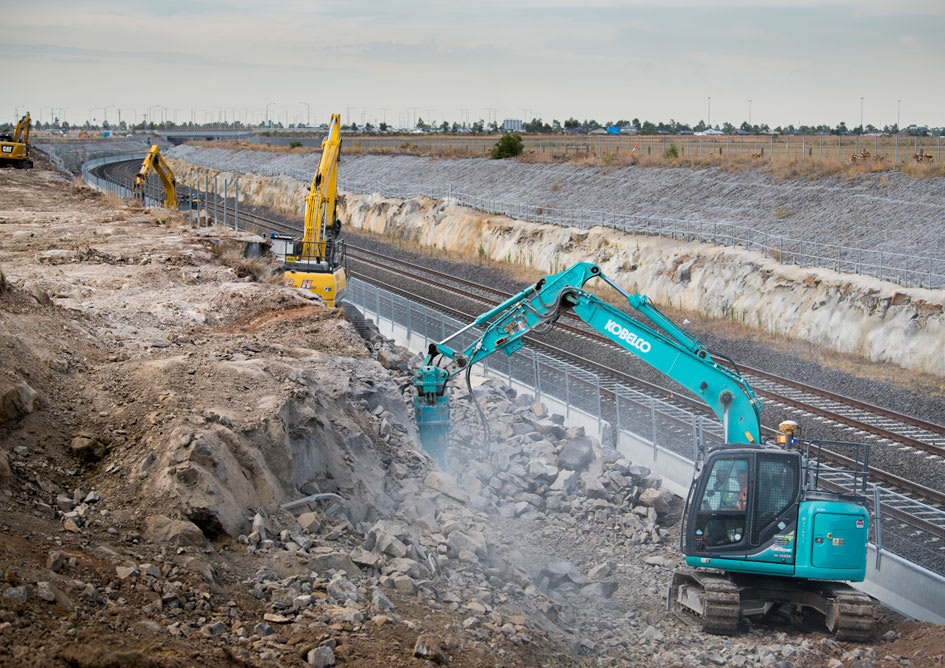Precincts and developments that will drive public transport patronage growth in Melbourne's West
Following on from Friday's overview of the public transport projects on the horizon in Melbourne's west, today we take a look at the broad growth patronage growth drivers in Melbourne's west.
Greenfields development is the catch-all term used to describe, broadly speaking, low-density suburban development and for the most part, the planning for these precincts are governed by precinct structure plans.
Within each precinct structure plan, developers in the past have focused on detached housing, generally auto-dependent coupled with retail and community (schools etc) precincts.
In the past few years however, precinct structure plans have improved - in the sense that many now include a diverse amount of dwelling types that may get developed as new suburbs do.
It's quite common to see zones that will support apartment buildings - sometimes landmark building - as well as higher-density commercial buildings appear on precinct structure plan maps.
A good example of how greenfields developments have started diversifying dwelling types is Caroline Springs. Originally marketed by Delfin from 1999, the development has seen a handful of apartment buildings spring up over the past decade.
Maps contained within the Black Forest Road North precinct structure plan - better known as Mamnbourin, which covers land directly west of a future station on the Regional Rail Link (and Western Rail Plan) alignment, show a concentration of higher-density commercial/employment uses to be built opposite a future railway station in the area.
The Toolern precinct structure plan, which governs land either side of the Cobblebank railway station which is nearing the end of its construction cycle, shows a major activity centre to be build either side of the new station and employment land will be zoned between the railway line and Western Freeway.
Two stations up the line toward the city, Stockland's Mt Atkinson precinct structure plan has provisions for another major town centre located on either side of a future railway station that includes commercial/employment zones with higher-density residential components located above.
The new start-up A-League club, Western United FC, has plans to build its own 15,000 seat stadium in Tarneit, adjacent to the Regional Rail Link corridor. The Riverdale precinct structure plan was gazetted over this slice of land and it too makes reference to a future station located next to a new town centre.
There are many precincts to be developed within the urban growth boundary in Melbourne's west, however it's not all going to be low-density residential development.
Diverse town centres and a large proportion of land set aside for employment uses highlights the transport planning context of the Western Rail Plan - many hundreds of thousands of people moving into the area over the next few decades will need to be transported on metropolitan, not regional rail services.
And we shouldn't discount existing suburban centres in the west either - Werribee is one that already has a smattering of higher-density projects that will ensure dwelling types diversify in the region too.
Lead image credit: levelcrossings.vic.gov.au
